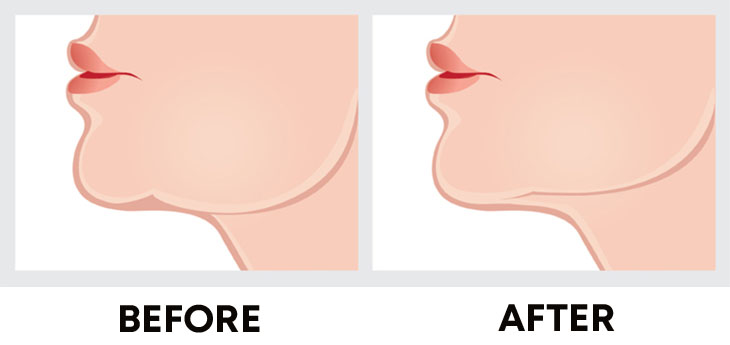What is a Face Lift?
Face-lift is also known as ‘Rhytidectomy’. It is a surgical approach that creates a younger-looking appearance. The procedure aims for reducing the folds or sagging of the skin on the jawline, cheeks, or any other area. The change is likely to occur with age.
During the treatment, skin from each side is pulled and tissue present beneath the skin is a change to improve the face contour and give you a youthful look. Before the flap is sutured, excess skin is taken away. Along with this, a neck lift is carried out to address the saggy skin and reduce fat deposits. Although, this procedure won’t reduce the fine lines, sun damage, or wrinkles.

How to prepare for the procedure?
During the initial consultation, the surgeon will ask you different questions on the following factors:
- Go through your medical history and perform an examination
- Check the medications you take
- Facial Examination
- Know about your expectations
What you should do before a face-lift?
- Make sure to take the medications as directed or stop the ones, asked by the surgeon.
- Wash your face and hair with gentle products.
- Avoid eating for the time as told by the surgeon.
- Get help for recovery
What to expect?
Before the procedure
The patient needs sedation and local anesthesia, to numb the specific body part. In some cases, general anesthesia is needed.
During the Procedure
During the treatment, the skin is elevated and underlying tissues & muscles are tightened. Neck and fat face may be taken out, modified, or adjusted in the desired place. Facial skin will be re-draped on the new position and excess skin is removed. After that, the stitches are used to close it.
What happens after the procedure?
Following the face-lift you will experience:
- Mild to moderate pain
- Swelling
- Bruising
- Numbness
- Drainage from the incisions
The incision area is covered with a bandage as the gentle pressure allows to reduce bruising and swelling. In some cases, small tubes are placed beneath the skin or ears to take away the excess fluid or blood. Few days, following the surgery you will notice:
- Take the pain medications as prescribed by the doctor
- Keep the head elevated
- Apply cool packs to reduce pain and swelling
Important Note
In case you notice the below-mentioned symptoms, then call for an emergency right away.
- Severe pain on face or neck within 24 hours of surgery
- Chest pain
- Shortness of Breath
- Irregular Heartbeats
What happens on the follow-up check-up?
To notice the results, you need to visit for follow-up appointments which are scheduled for 2 months. Most likely, the appointment will look like this:
- One Day After Treatment : The drainage tube is removed and an antibiotic is applied to the incision area and a new bandage is placed.
- 2 to 3 Days After Treatment : By this time, you can remove bandages and use the elasticized facial sling.
- One Week After Treatment : Following one week, the doctor removes the stitches and the wound is checked.
The results of the procedure will last for around 10 years and you need to get it done again.

